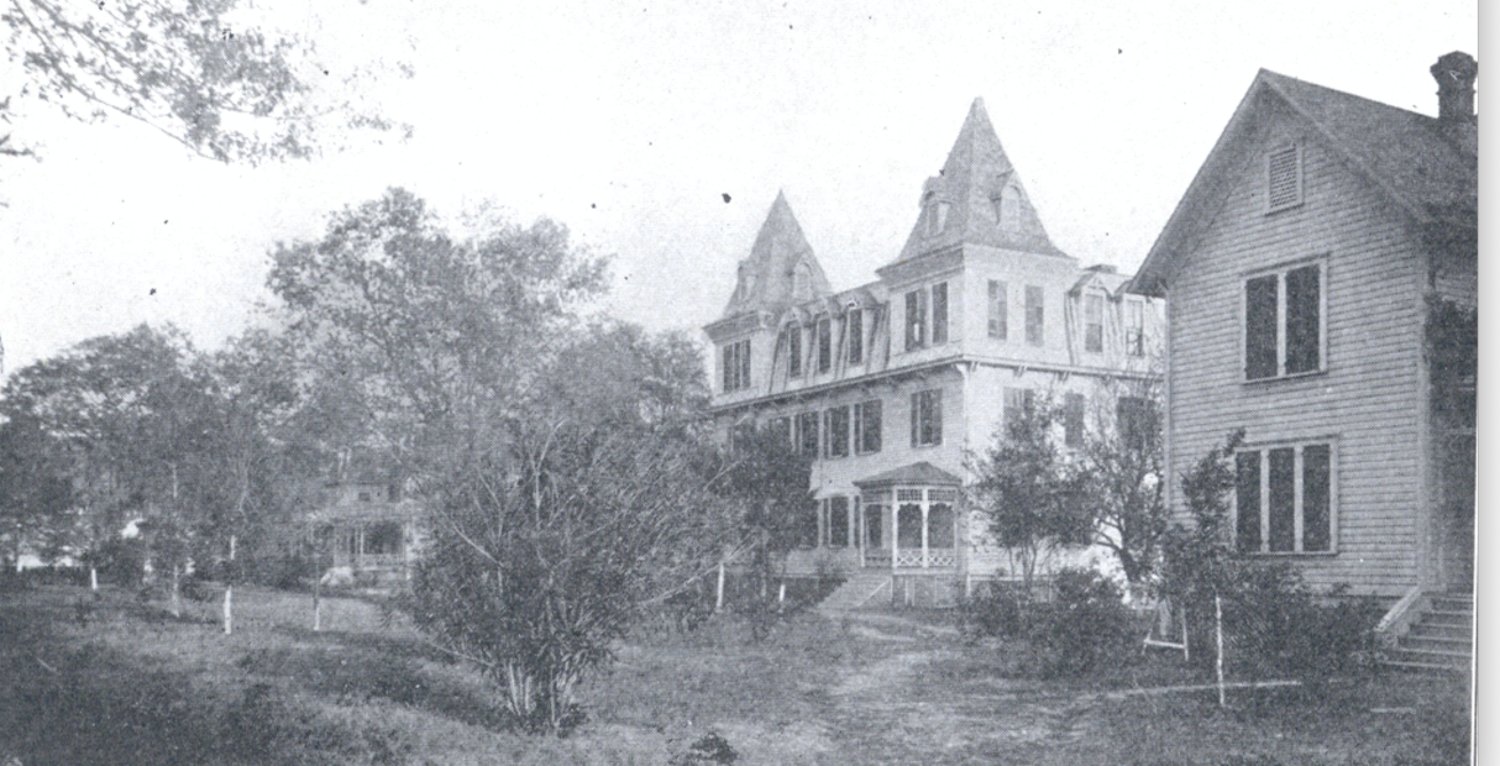Clay County Memories
Hopes and dreams twist into disappointment and despair
On October 7, 1891, The American Missionary Association’s pioneering efforts to educate former slaves following the Civil War became a reality when the Orange Park Normal School opened.
The …
This item is available in full to subscribers.
Attention subscribers
To continue reading, you will need to either log in to your subscriber account, or purchase a new subscription.
If you are a current print subscriber, you can set up a free website account and connect your subscription to it by clicking here.
If you are a digital subscriber with an active, online-only subscription then you already have an account here. Just reset your password if you've not yet logged in to your account on this new site.
Otherwise, click here to view your options for subscribing.
Please log in to continueDon't have an ID?Print subscribersIf you're a print subscriber, but do not yet have an online account, click here to create one. Non-subscribersClick here to see your options for subscribing. Single day passYou also have the option of purchasing 24 hours of access, for $1.00. Click here to purchase a single day pass. |
Clay County Memories
Hopes and dreams twist into disappointment and despair
On October 7, 1891, The American Missionary Association’s pioneering efforts to educate former slaves following the Civil War became a reality when the Orange Park Normal School opened.
The project was built and maintained with funds donated by philanthropist Joseph P. Hand. Locals quickly christened it the Hand School. Townspeople, who were mostly recent northern transplants searching for warm weather and infected with orange fever supported the endeavor.
The nine acres of campus grounds encompassed one and a half blocks extending south from Kingsley Ave. bounded on the east by Magnolia, today’s Highway 17, and on the west by Smith St.
Instruction included both the building trades and equipment maintenance and repair. Classes in skilled, industrial trades included carpentry, masonry, machine work, architectural and mechanical drawing. Young women were trained in both plain and fancy sewing, millinery and general domestic management.
The lower grades, 1-8, completed an academic program which was superior to that offered at many public and private schools. The highest four grades, 9-12, were called the normal department and were designed to prepare graduates for the teaching profession or to continue on to a college program.
Courses in the normal department included four years each of Literature, Latin and Bible and three years of history. Science and mathematics included one year of – biology, algebra, plane geometry bookkeeping and physics. Finally required was one year of geography, government, pedagogy (recitation) and practice teaching. Piano and organ lessons were available at extra charge.
Monthly tuition for primary grades was fifty cents and for intermediate and normal grades a dollar. Board for all grades was $8 per month.
Over the next decade Orange Park struggled through a series of life changing events. In 1896, Florida’s superintendent of public instruction pushed through a law saying that “whites could not go to school with or teach blacks. At the Hand School, all the teachers were white and recruited from northern states. In addition, the curriculum was so advanced that some local whites were also attending classes.
In May 1897, several teachers and the headmaster were jailed. Lawyers representing the American Missionary Society of New York City quickly arrived in force and eventually, the law was declared unconstitutional.
But the hits just kept coming. The economy took a deadly dive. Tourist trade was shrinking with fickle travelers heading right on down the track to Miami. The late 1890s brought back to back freezes that wiped out the orange business in north Florida. And if that wasn’t enough, the summer of 1897 brought a yellow fever epidemic of epic proportions.
The population dwindled. Northerners vacated their large winter homes and small farmers and tradesmen moved on to greener pastures. Sandspurs and stinging nettles grew among the blackened corpses of former orange groves. Grand, multi-story homes stood vacant except for the occasional hobo.
Orange Park, the whole county in fact, limped into the 1900s struggling to hang on. Folks drifted in frustration, anger and fear. As often happens, when people are hurting, they set out to hurt others.
On a moonless night in 1917, a small group of men rode into town in the dead of night and burned the Hand School’s Union Congregational Church at the southeast corner of Smith St. and Kingsley to the ground. The dream was ended and soon after the school was closed for good.
In July of 1927, the Loyal Order of Moose acquired the land and buildings to create another worthy vision … Moosehaven.








